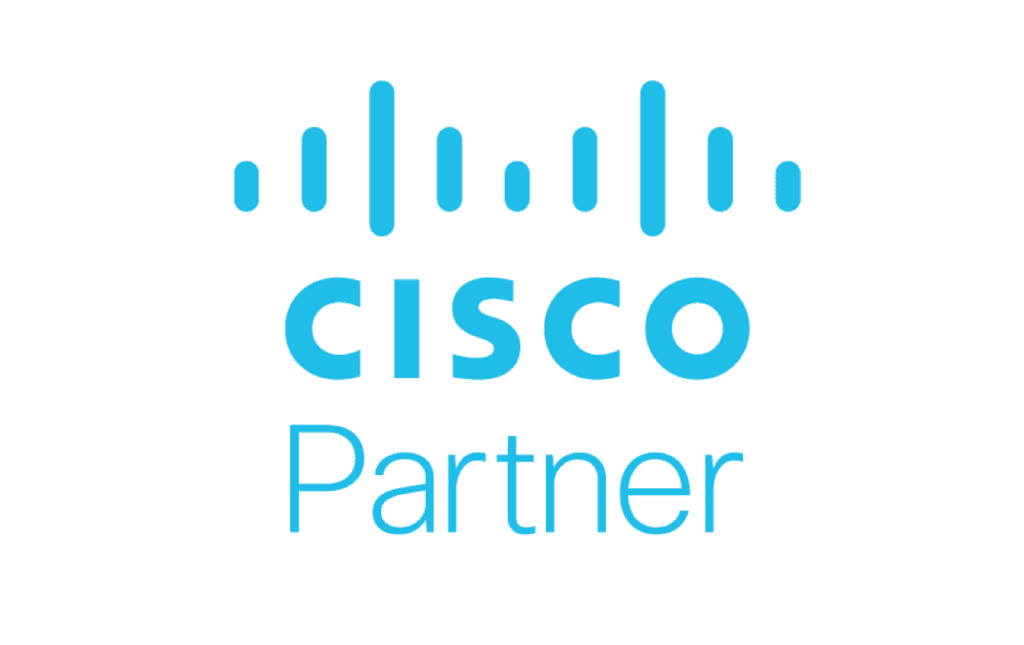Table of Contents
ToggleMaximizing Cost Efficiency in Unified Communications Deployment
Effective communication and seamless collaboration are crucial components of success in today’s fast-paced business world. Unified Communications (UC) deployment offers a transformative solution that enables organizations to enhance connectivity, collaboration, and innovation while reducing UC efforts by 80 percent. However, embarking on this journey requires careful planning and consideration of costs.
Join us on a journey into the realm of UC deployment, where we will provide practical strategies and valuable insights to help you optimize your implementation while maintaining a focus on cost efficiency.
Best Practices for Cost-Efficient UC Deployment
Map Your Communication Needs
Before embarking on a UC deployment, it is crucial to conduct a comprehensive assessment of your organization’s communication infrastructure, needs, and goals. By understanding your communication needs, you can make informed decisions that align with your business objectives, avoid unnecessary expenses, and ensure a seamless transition to UC. Consider:
- Evaluating your current communication infrastructure and identifying any limitations or areas for improvement.
- Determining the communication channels and features your organization requires, such as voice, video, messaging, and collaboration tools.
- Engaging key stakeholders and gathering feedback to understand their communication needs and pain points.
- The scalability and future growth of your organization to choose a UC solution that can accommodate your evolving needs.
Leverage Cloud-Based Solutions
Cloud-based UC solutions, like Cisco Unified Communications, offer significant cost-saving advantages for businesses. By leveraging the scalability and flexibility of the cloud, you can:
- Reduce upfront costs: Cloud-based solutions eliminate the need for significant capital investments in hardware and infrastructure.
- Scale: The cloud allows you to easily scale your UC solution as your business grows or as communication needs change.
- Lighten your load: Cloud providers handle maintenance and updates, reducing the burden on your IT team.
- Keep saving: By outsourcing infrastructure management to the cloud provider, you can save on operational expenditures.
Evaluate Total Cost of Ownership (TCO)
When selecting a UC solution, it is essential to evaluate the total cost of ownership (TCO). Beyond the initial investment, consider the long-term expenses associated with the solution:
- Licensing fees: Understand the pricing structure and licensing model of the UC solution, considering factors like the number of users and required features.
- Maintenance and support: Determine ongoing costs, including software updates, troubleshooting, and technical assistance.
- Training and onboarding: Consider the expenses associated with training your employees to effectively use the UC solution.
- Integration and customization: Evaluate any additional costs for integrating the UC solution with existing systems or customizing it to meet specific requirements.
- Vendor reputation and value: Seek solutions from reputable vendors that offer competitive pricing, robust support, and long-term value for your investment.
Optimize Network Infrastructure
Before deploying UC, optimize your network infrastructure to handle the increased traffic and bandwidth requirements. Consider:
- Conducting a network assessment to identify bottlenecks or areas of congestion in your network that may impact UC performance.
- Upgrading network equipment: Can your current network switches, routers, and other equipment support UC demands? Upgrade or replace outdated hardware if needed.
- Prioritizing Quality of Service (QoS): Implement QoS protocols to prioritize UC traffic over other network traffic, ensuring optimal performance.
- Bandwidth requirements: Evaluate the bandwidth requirements for different UC applications, such as voice and video conferencing, and allocate sufficient bandwidth to prevent congestion.
- Implementing network monitoring and management tools to proactively identify and address any network issues that may affect UC performance.
Selecting the Right UC Solution in 6 Simple Steps
- Assess Your Organization’s Communication Needs: This evaluation will help you understand your requirements, avoid unnecessary expenses, and choose a UC solution that precisely meets your specific needs.
- Research and Compare Providers: Look for providers with a proven track record, robust security measures, reliable customer support, and competitive pricing. Compare features, scalability options, and pricing plans to find the best fit for your budget.
- Consider Integration Capabilities: Ensure that the UC solution you choose integrates seamlessly with your existing business applications and systems. Integration reduces the need for additional third-party tools, simplifies workflows, and saves licensing and maintenance costs.
- Streamline the UC Migration Process: Develop a detailed UC migration plan that outlines the necessary steps, timelines, and required resources for a smooth transition. Consider conducting a pilot phase to identify potential challenges and make necessary adjustments before a full-scale deployment.
- Provide Adequate Training: Conduct comprehensive training sessions for employees to ensure they understand how to effectively utilize the new communication tools. Well-trained staff can optimize productivity, reduce support calls, and minimize costly mistakes.
- Partner with Experienced Experts: Consider collaborating with experienced UC deployment specialists who can guide you through the migration process. Their expertise and knowledge can help you avoid common pitfalls, streamline the deployment, and save time and money in the long run.
Conclusion
Deploying unified communications within your organization can significantly enhance productivity and collaboration. By implementing the best practices discussed and partnering with tuki.io, you can make informed decisions, streamline the migration process, and optimize your UC implementation.
Unlock the true potential of your organization’s communication and collaboration capabilities while maximizing cost efficiency, today!










